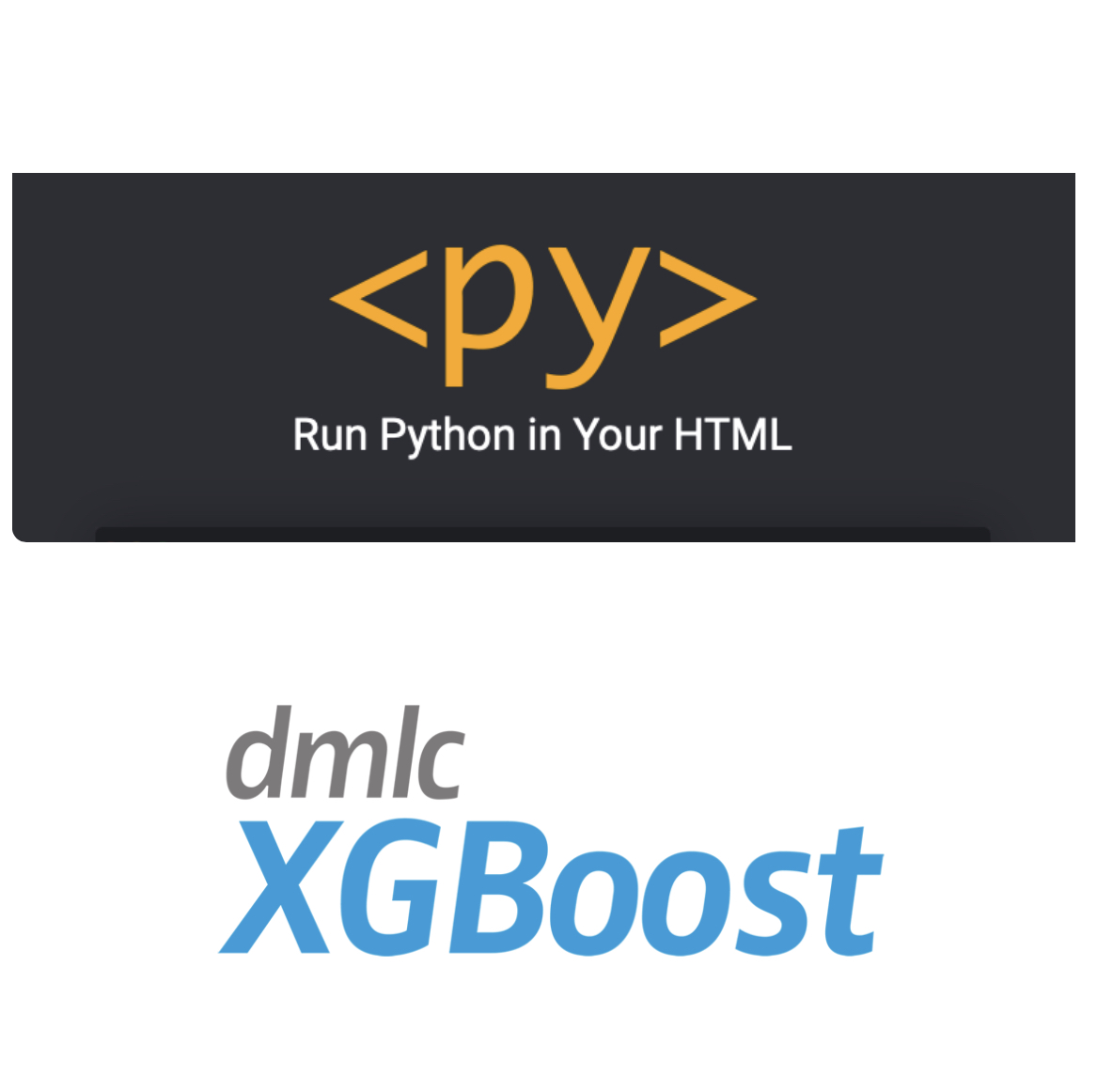
This week @NVIDIA open sourced the 3D object generation AI model, GET3D. GET3D is a generative model of high quality 3D textured shapes learned from images.
1/4
1/4

Trained using only 2D images, GET3D generates 3D shapes with high-fidelity textures and complex geometric details.
2/4
2/4
These 3D objects are created in the same format used by popular graphics software applications, allowing users to immediately import their shapes into 3D renderers and game engines for further editing.
3/4
3/4
Announcement: blogs.nvidia.com/blog/2022/09/2…
Paper: nv-tlabs.github.io/GET3D/assets/p…
GitHub: github.com/nv-tlabs/GET3D
#computervision #deeplearning #artificialintelligence #machinelearning #ai #dl #ml
4/4
Paper: nv-tlabs.github.io/GET3D/assets/p…
GitHub: github.com/nv-tlabs/GET3D
#computervision #deeplearning #artificialintelligence #machinelearning #ai #dl #ml
4/4
• • •
Missing some Tweet in this thread? You can try to
force a refresh







